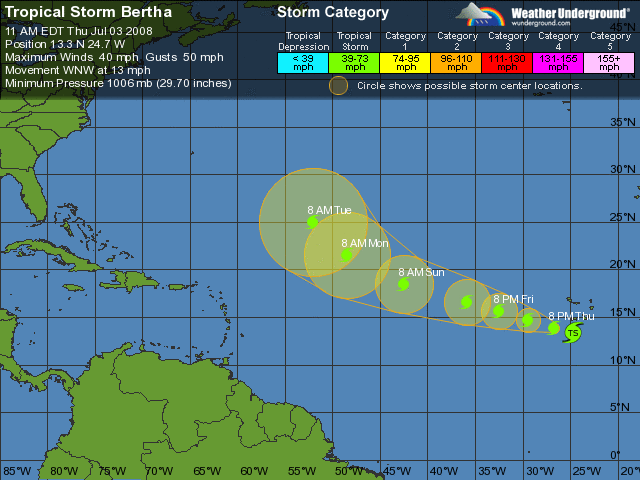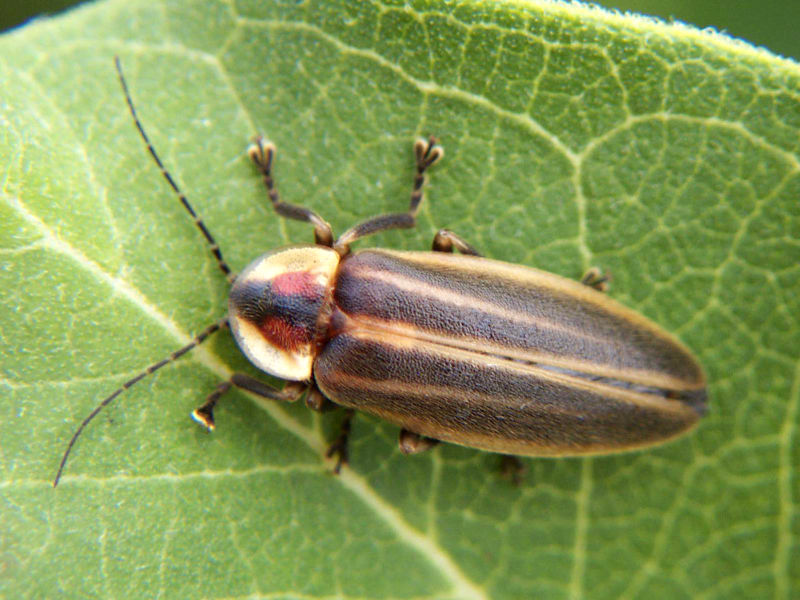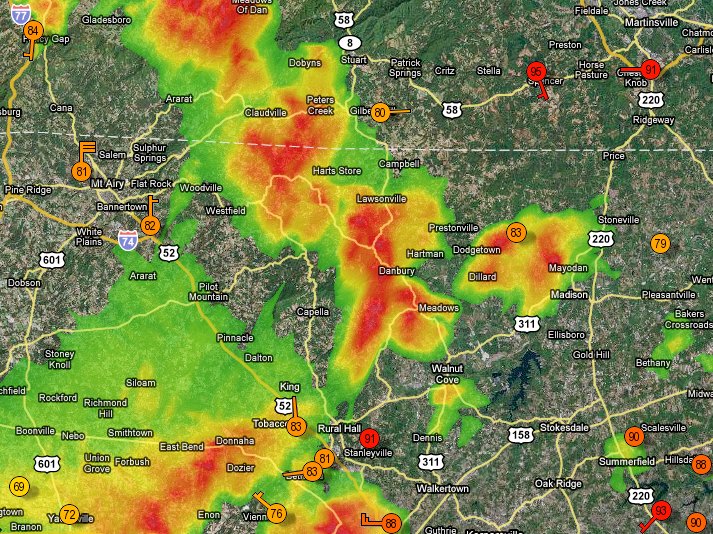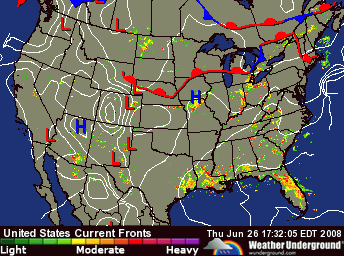Nature abhors a vacuum. I suspect that nature also abhors farmers. I have thrown massive amounts of labor, fertilizer, lime and seed at the acre I cleared of old pine trees back in February. I was desperate for ground cover. Though some of what I planted took root and grew some, once the rain begins to fall, nature proves that she is way better at this than I am. Some people would be ashamed to have so many weeds. I am proud of every last one of them. As rebellious children often do, the weeds have succeeded where I have failed. Above: a common weed.
Baby mimosa. It’s a weed here.
A young morning glory. I have lots of them. I have no idea how they got here. They could not possibly have been here before, because they’re growing in what was formerly deep, and deeply shaded, pine mulch.
A young scrub pine. There are lots of these. I’m sorry to say that, like the sawbriars, they won’t be permitted to stay. Their day is over, at least while I live here.
Surprise surprise. The baby clover likes the compost that I put out for the squash.
The corn struggles in still-poor soil. I’m starting to understand what the soil needs, so next year it will be richer.
The ditch has been transformed. Back in March it was an ugly gash left by the bull dozer. The logging operation had ruined the ditch, so it had to be opened again to drain the roadway. For reasons I don’t completely understand, the ditch has healed much more quickly than any other area after I took out the pine trees.
Flowers in the ditch. Actually, this is a common briar. This year, us likes briars.
Runners from a bold briar sneak out of the ditch and try to take over the roadway. I say go for it.
For something like 50 pounds of clover seed, so far I have seen something like two clover blossoms. Two! But the rain has caused the clover to make another stand, so who knows what the future holds.
The clover tries again in July, having not done too well in April.
I believe this is a wild strawberry. It volunteered on the bare bank above the newly made driveway, the area that I have found most difficult to get anything to grow.
I’m not sure what this is. It’s in an area where I put a variety of heirloom seed, but for all I know it’s a volunteer weed of some sort. I guess I’ll find out after I see whether it produces anything I can eat. [Update: I have it from two experts — my sister and my friend Gavin — that this is okra. So it’s an heirloom variety of okra that I’d forgotten I planted.]
Looking down into the same bloom as in the photo above
A baby poplar tree makes a stand near the new pumphouse. Around here, poplars and maples are the first hardwoods to appear in the succession of species that leads to the recovery of a hardwood forest. This poor baby has relatives all around, and it probably came back from an old root rather than from a new seed.






